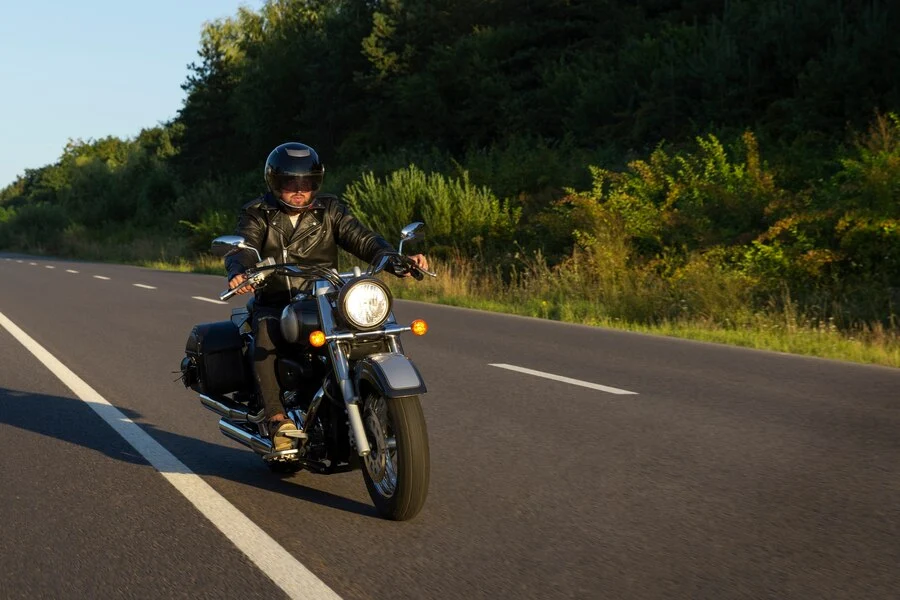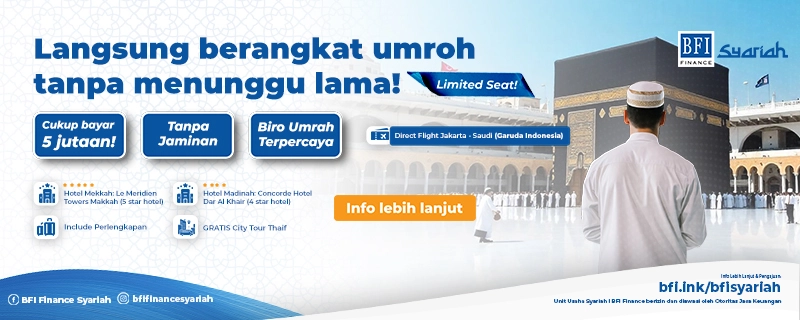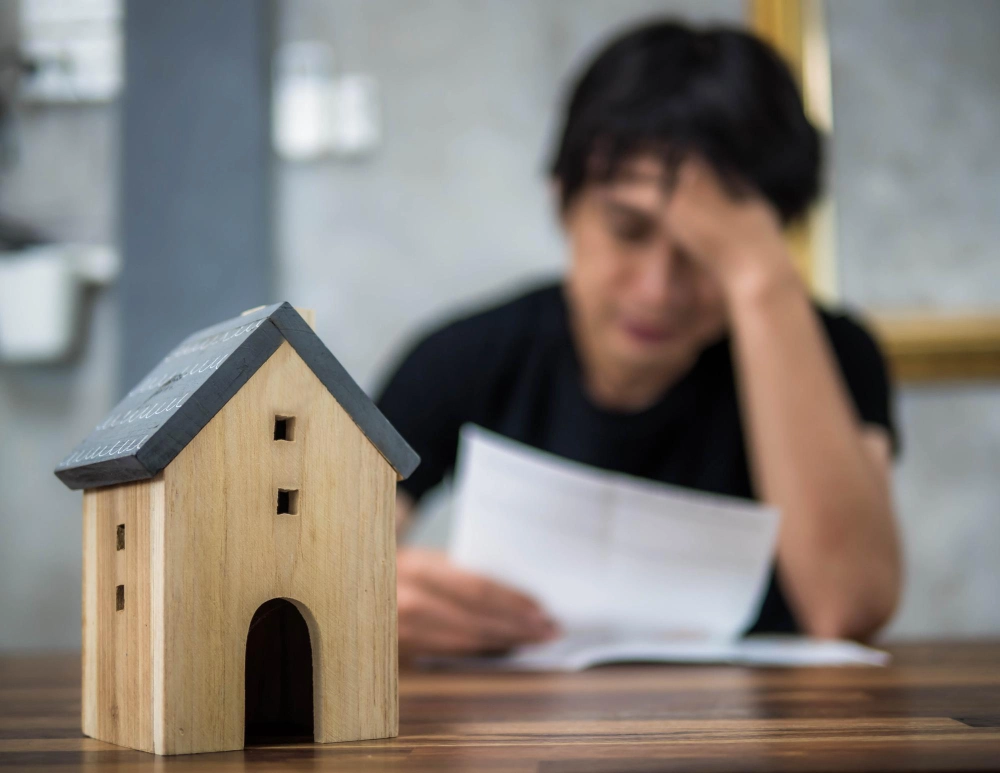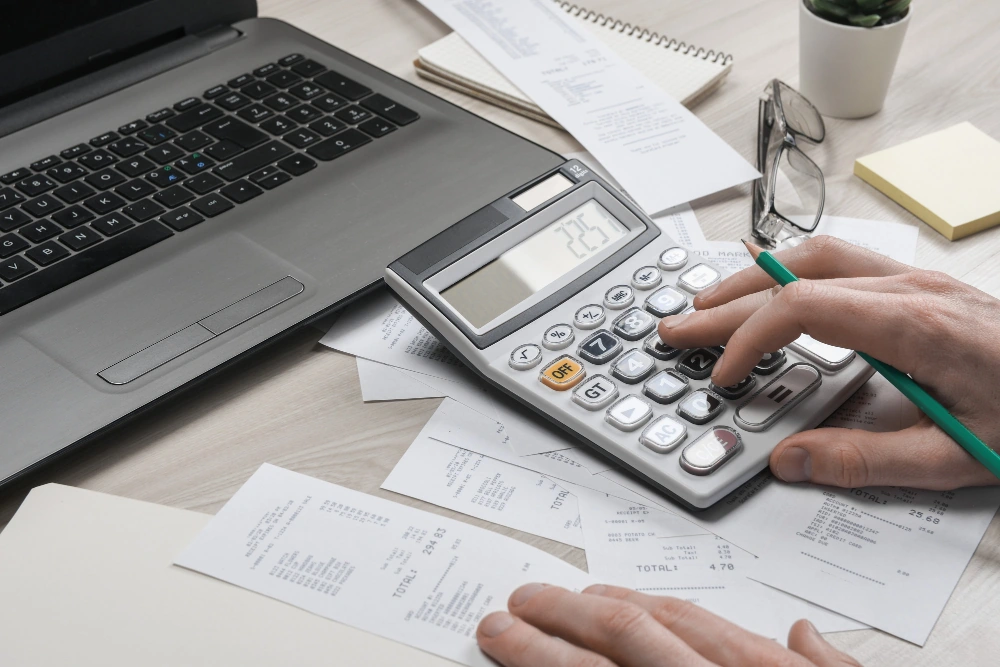Buying a used motorcycle is a smart choice for those seeking a vehicle at a more affordable price. However, this option brings its own set of challenges, especially in ensuring the bike you choose is in good condition and free from hidden issues. Therefore, it's essential to know safe tips for buying a used motorcycle.
To help you make the right decision and avoid potential problems down the road, follow these important steps. Check out the safe tips for buying a used motorcycle here!
1. Why Buy a Used Motorcycle?
Buying a used motorcycle can be a great option for many reasons, including the following:
1.1 More Affordable Price
Used motorcycles are generally sold at much lower prices than new ones. This is very advantageous for those with limited budgets but who still need a reliable vehicle.
1.2 Lower Depreciation
The value of a new motorcycle tends to drop significantly within the first few years after purchase. By buying a used bike, its depreciation won’t be as steep, meaning less value loss when reselling it.
1.3 Variety of Choices
The used motorcycle market offers a wide range of brands, models, and production years, providing buyers with more options. This makes it easier to find a bike that meets your needs and preferences.
1.4 Lower Tax and Insurance Costs
Used motorcycles usually come with lower taxes and insurance premiums than new bikes due to their reduced value and lower risk for insurance companies.
1.5 Accessories and Modifications Already Available
Many used motorcycles already come equipped with additional accessories or have been modified, saving buyers the extra cost for items like storage boxes, extra mirrors, or other components.
1.6 Easier Access to Information
With advances in technology and the internet, it’s now easier to find information about a used bike’s history, including maintenance, damage, or past accidents, helping buyers make more informed decisions.
2. Tips for Buying a Used Motorcycle
Image Source: Freepik
Used motorcycles are often polished up to sell at a high price. While it’s fine for sellers to do this, buyers must be wise too. Here are some tips for safely buying a used motorcycle:
2.1 Decide on the Type and Brand of Motorcycle You Want
Choosing the type and brand of motorcycle you want is a crucial first step in buying a used bike. Each person has their preferences based on the intended use, whether for daily activities or special events.
Research various brands and models that suit your needs. Some brands are known for reliability and performance, while others are more economical. Read user and expert reviews to understand each brand and model's pros and cons.
2.2 Check the Current Price
Research the market price for the brand and model you’re interested in. Use sites for buying and selling motorcycles, automotive forums, or apps with used vehicle price data. Checking multiple sources will give you a general idea of the price range, and staying up-to-date on market prices is essential.
Avoid impulsive purchases; taking extra time for research is better than falling for advertisements. You can check used motorcycle sites like OLX or Bukalapak, which often list various sellers’ prices for similar specifications to determine a fair price.
2.3 Choose a Trusted Purchase Location
Although you’re looking for a used motorcycle, ensure you buy it from a trusted location. Don’t make a purchase solely based on a low price. Official or authorized dealers often offer used motorcycles that have been inspected and usually come with a warranty.
Tips for buying a used motorcycle at a dealership include paying attention to a good reputation and positive reviews from previous customers. You can also use apps and websites dedicated to vehicle sales, like Carmudi or Mobil123, which often have verification systems for sellers and detailed information on the motorcycles.
2.4 Check the Motorcycle’s Physical Condition
The physical condition is the most visible part when inspecting a motorcycle. Check the body for signs of damage, such as scratches, dents, or rust. External damage may indicate larger internal issues.
Additionally, examine the motorcycle frame to ensure no cracks or structural damage. Frame damage can affect the bike’s safety and stability. Make sure no joints are loose and there are no messy weld marks.
2.5 Check the Vehicle Oil
Checking the oil condition is crucial to assess the engine health of a used bike. Use the dipstick or oil sight glass (if available) to check the oil level, ensuring it matches the indicator. Low oil levels may indicate leakage or inadequate maintenance.
Engine oil is usually dark brown or black after use. Clean and clear oil indicates a recent oil change, while very dark or dirty oil may suggest it hasn’t been replaced in a while.
2.6 Check the Vehicle Documentation
Besides the bike’s internal and external condition, verify that all documentation is complete. These documents are essential for continuous care. First, check the STNK (vehicle registration certificate) as the main document showing the bike is legally registered. Ensure the STNK is the original, not a copy.
Next is the BPKB, which serves as proof of ownership. Also, ensure the motorcycle has no outstanding tax debts. Ask the seller about the tax status and verify it online or at the local tax office.
2.7 Check the Mileage
Mileage on the motorcycle indicates its overall quality. Lower mileage generally means a better engine condition, and vice versa. The odometer shows the motorcycle's distance traveled, so ensure it’s working and shows no signs of tampering.
Compare the mileage with the bike’s physical condition to confirm its accuracy. Lower mileage motorcycles are generally in better physical condition. If possible, check the service book or maintenance records for more information on the mileage and past maintenance.
2.8 Check the Frame and Engine Numbers
Verifying the frame and engine numbers of a used motorcycle is essential to ensure its authenticity and legal status. The frame number (VIN) and engine number are usually located in specific areas of the bike. Ensure you can find and clearly read these numbers.
Ensure the frame and engine numbers match those listed on the STNK and BPKB, and that they haven’t been altered, removed, or erased. Damaged or unclear numbers may indicate serious past issues.
2.9 Start the Engine
After inspecting the engine condition, conduct a test by starting the motorcycle. Listen for unusual noises like rattling, knocking, or metallic sounds.
Check the ease of starting; if it’s hard to start or takes time, there might be ignition or fuel system issues. Also, check the color and amount of exhaust smoke. White, blue, or black smoke can indicate specific problems.
2.10 Check the Wheel Condition
The tires are one of the primary components affecting riding safety and performance. Inspect the tire tread depth and wear, and use a tread depth gauge to ensure adequate tread remains. Worn or uneven treads can affect traction and safety.
The wheel rims should be free of dents, cracks, or other damage. Damaged rims can affect balance and riding safety. Don’t forget to check the brake pads and disc condition; worn pads or uneven discs can impact braking ability.
2.11 Check the Speedometer Function
Verifying the speedometer function in a used bike is crucial to ensure the speed measurement tool works well. Ensure the speedometer display is clear and free of damage or cracks.
When the bike is moving, the speedometer should accurately show the speed. For accuracy, compare the speedometer reading with the speed shown by GPS or a smartphone speedometer app.
2.12 Check the Electrical System
A properly functioning electrical system indicates that all electronic components work well without issues affecting performance or safety. The battery is a key part of the bike’s electrical system. Make sure it’s in good condition and the terminals are free of corrosion.
Also, check if the electric starter works smoothly. A non-functioning starter could indicate electrical issues. Ensure all wire connections are secure, with no loose or damaged cables.
2.13 Take a Test Ride
After all inspections, the next step is a test ride to ensure the motorcycle functions well and meets your expectations. Pay attention to the engine and transmission performance to confirm everything works smoothly.
During the test ride, ensure that all inspected components also work well. After the ride, check for any fluid leaks or other potential issues.
2.14 Negotiate Wisely
Once you’re satisfied with the motorcycle, the next step is the transaction. If you previously researched market prices, start negotiating with the seller.
Remember to negotiate wisely. Both the buyer and seller have their expectations, so offer a fair price based on your market research and the motorcycle’s condition. Avoid lowballing to prevent losing the seller’s interest in negotiation.
2.15 Seek Expert Advice
Lastly, seeking expert advice when buying a used motorcycle can be very helpful. This ensures you make the right decision and buy a bike in good condition.
Find an experienced mechanic with used bikes and a solid reputation. An expert can provide an objective and detailed assessment of the motorcycle’s condition. You can ask friends, family, or automotive forums for recommendations on trusted mechanics.
With a careful approach and the right information, you can find a used motorcycle that meets your needs, providing a satisfying and safe riding experience. Happy hunting for a used motorcycle, and may you find your dream vehicle!






